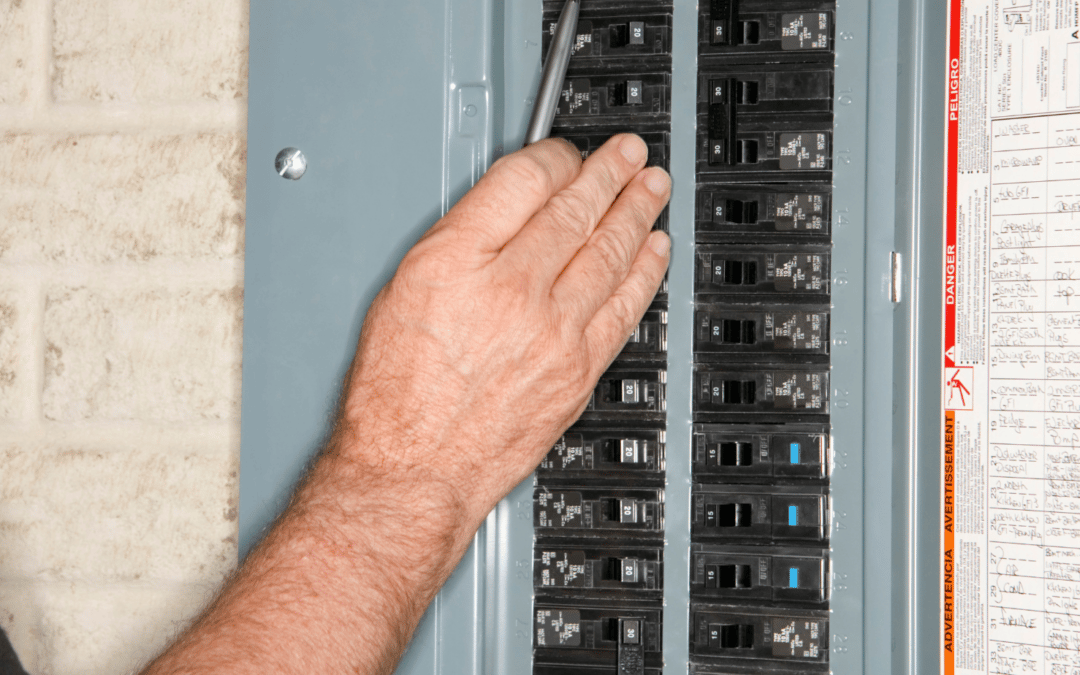Achieve total compliance through expert regulatory compliance assistance.
Achieve total compliance through expert regulatory compliance assistance.
Blog Article
Leading Tips for Effective Electric System Troubleshooting
Fixing electric systems calls for a systematic approach, grounded in an extensive understanding of electrical concepts and safety and security methods. The subtleties of effective troubleshooting extend beyond plain technological expertise; understanding how to document findings and focus on safety can substantially affect results.
Understand the Essentials
Recognizing the essentials of electric systems is important for reliable troubleshooting, as a strong structure enables service technicians to detect and settle problems a lot more effectively. A detailed understanding of electrical principles, such as voltage, existing, resistance, and power, is essential in recognizing the origin of issues. Voltage is the electrical prospective distinction that drives current through a circuit, while resistance opposes the circulation of existing, affecting the general performance of the system.
Knowledge with circuit components, including resistors, capacitors, diodes, and changes, is likewise extremely important. Each part plays an unique role in circuit habits and can affect efficiency when malfunctioning. Additionally, recognizing series and parallel circuit arrangements is important, as these setups influence the circulation of voltage and current within the system.
Technicians need to be mindful of possible hazards, such as shock and short circuits, to carry out safe troubleshooting methods. By understanding these fundamental principles, technicians improve their capability to carry out efficient diagnostics and repair services, inevitably leading to boosted efficiency and reliability of electrical systems (electrical system troubleshooting).
Gather Necessary Tools
Reliable troubleshooting of electric systems calls for the appropriate set of tools to identify and solve concerns properly. A well-equipped service technician can substantially improve effectiveness and efficiency in recognizing problems. Essential tools consist of a multimeter, which determines voltage, current, and resistance, enabling accurate assessments of electric components. Clamp meters are additionally valuable for measuring current without separating the circuit, making certain security and convenience.
Additionally, protected hand devices such as screwdrivers, pliers, and cord pole dancers are important for securely adjusting electric links. It is likewise recommended to have a circuit tester on hand to confirm the existence of voltage in outlets and cords. For even more complex systems, a thermal imaging cam can aid discover overheating components, indicating possible failures.

Comply With an Organized Approach
Having gathered the suitable tools, the following step in fixing electrical systems is to follow a methodical technique. A methodical technique makes certain that specialists can determine mistakes efficiently and accurately, lessening downtime and protecting against unneeded fixings.
Begin by evaluating the system's schematic diagrams and specs. Recognizing the layout and functional parameters will certainly offer context for detecting issues. Next off, isolate the issue location by using a procedure of elimination. This includes monitoring each element methodically, beginning with the source of power and working in the direction of the lots.
Make use of testing equipment, such as multimeters and oscilloscopes, to gather objective data regarding voltage, present, and resistance at various factors within the system. This empirical proof will certainly lead your troubleshooting efforts and help to verify or eliminate potential reasons for failing.
In addition, consider ecological factors that might influence the system's efficiency, this content such as temperature level variations or dampness access. A detailed examination of wiring, connections, and parts will certainly make certain that all possibilities are accounted for.
Paper Your Findings
Thorough documentation is important in the troubleshooting procedure of electric systems. Exact documents improve the efficiency of determining reoccuring concerns and assist in interaction among team participants. Each finding needs to be carefully kept in mind, including signs and symptoms observed, examinations carried out, and the end results of those examinations. electrical system troubleshooting. This technique not only help in recognizing the origin of the trouble yet likewise works as a referral for future fixing efforts.

Furthermore, keeping a log of components changed or repairs carried out is very useful. This info supports inventory administration and can aid assess the long life and dependability of specific parts.
Inevitably, the documentation process ought to be complete yet concise, enabling very easy access and review - electrical system troubleshooting. By focusing on detailed documentation, specialists can develop a beneficial understanding base that not just aids in current troubleshooting yet also encourages future upkeep efforts, consequently boosting overall system integrity

Prioritize Safety Steps
Recognizing the intrinsic dangers connected with electric systems is crucial for making certain safety and security throughout troubleshooting. Electric shock, burns, and devices damages are simply a few of the prospective risks that specialists deal with. Focusing on safety actions is not only a legal commitment but also a moral necessary that safeguards both the specialist and the surrounding atmosphere.
Prior to commencing any type of troubleshooting job, technicians must put on ideal personal protective tools (PPE), including shielded handwear covers, shatterproof glass, and flame-resistant clothes. Ensuring that the work location is completely dry and without mess can significantly minimize the threat of accidents. It find more info is vital to de-energize circuits before starting any work, verifying that they are not live through the usage of a multimeter or voltage tester.
Developing clear communication procedures with employee is additionally vital; this ensures that i thought about this every person is aware of potential threats and the condition of the electrical system being functioned on. Having an emergency situation reaction plan in location can show very useful in the event of an occurrence. By focusing on precaution, technicians can successfully mitigate risks and cultivate a safer office.
Final Thought
Reliable electrical system fixing counts on an extensive understanding of basic concepts and a methodical approach. Focusing on safety procedures ensures the well-being of individuals involved and the honesty of the electrical system.
Report this page